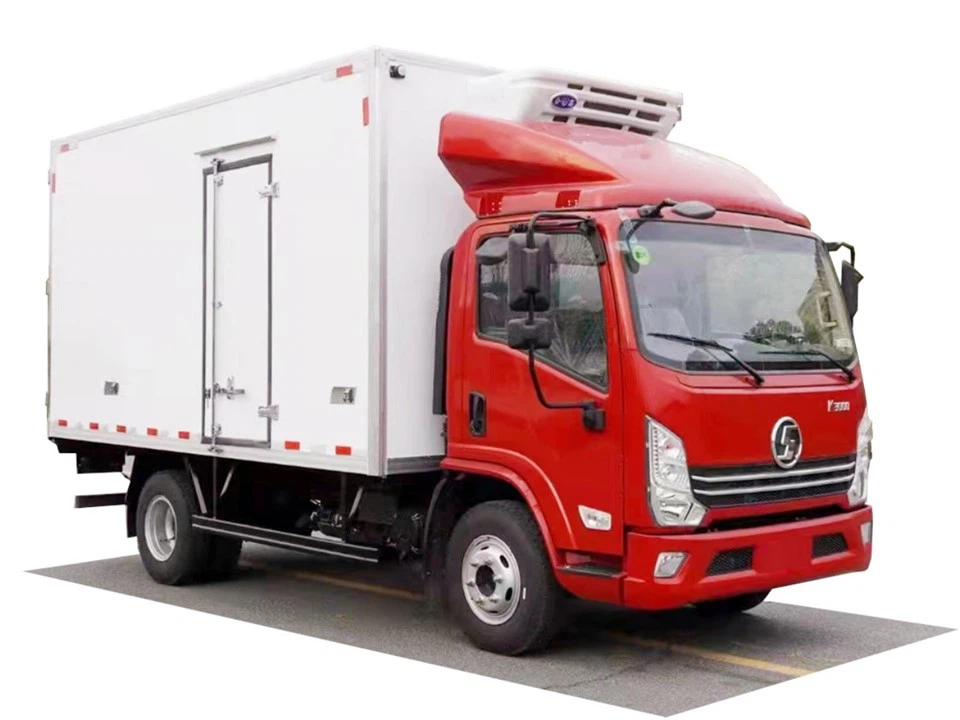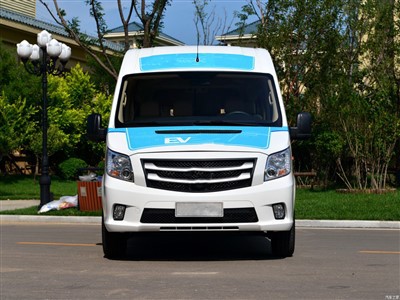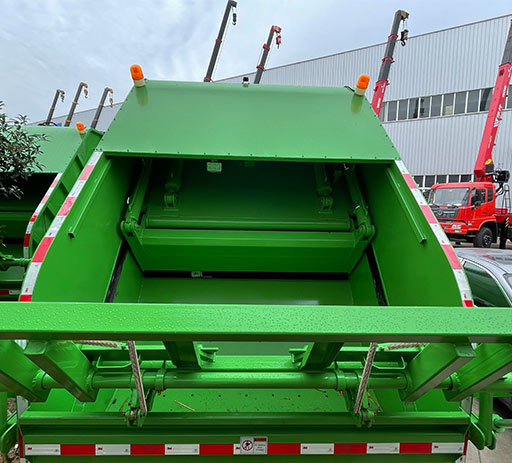The Ultimate Guide to Cab Size: What You Need to Know

Understanding cab size is essential for both consumers and manufacturers in the automotive industry. This article will explore the different aspects of cab size, how it influences vehicle functionality, passenger comfort, and even safety. Additionally, we’ll delve into practical examples of cab sizes across various vehicle types and provide tips for selecting the right cab size for your needs.
What is Cab Size?
Cab size refers to the interior space of a vehicle where passengers and drivers are seated. It encompasses various factors such as headroom, legroom, shoulder room, and overall configuration. Different types of vehicles come with different cab sizes to cater to different needs and preferences.
Importance of Cab Size
The cab size significantly impacts the comfort and functionality of a vehicle. A well-sized cab can enhance the driving experience, provide adequate space for passengers, and accommodate various cargo needs. When selecting a vehicle, understanding cab size is critical to ensuring that it meets your requirements.
Types of Cab Sizes

There are several different types of cab sizes typically found in vehicles. Each type is designed for specific uses and applications.
Standard Cab
A standard cab typically features two doors and can seat two to three passengers. It is best suited for work trucks where passenger space is not a primary concern.
Extended Cab
Extended cabs come with additional rear seating, usually accessed through rear-hinged doors. These vehicles can accommodate four to five passengers and offer more storage space in the back, making them versatile for both work and leisure.
Crew Cab
The crew cab features four full-sized doors and seating for up to six passengers. This configuration is popular among families and commercial users who need ample passenger space without compromising cargo room.
Super Cab
Super cabs are a variation of extended cabs, offering larger rear seating areas that are slightly more spacious than traditional extended cabs. They indeed provide more comfort for backseat passengers.
Factors to Consider When Choosing Cab Size
Passenger Capacity
Determining how many passengers you regularly transport is paramount. A standard cab might suffice for small crews, while families or larger groups will require an extended or crew cab.
Space for Cargo
Consider the cargo space you need. Some cab sizes may sacrifice bed length for passenger comfort. Evaluate how much cargo you need to carry, whether it is equipment for work or luggage for family trips.
Comfort and Accessibility
Consideration of the cab’s accessibility is crucial. If it’s for family use, you’ll want to ensure the rear seats are easy to access and comfortable for long journeys.
Vehicle Purpose
The intended use of the vehicle also impacts cab size selection. Trucks purposed for work may prioritize cargo space, while those used as family vehicles may emphasize passenger comfort.
Cab Size Measurements
To accurately understand cab size, you can look into specific measurements. Here are some common dimensions associated with different cab sizes:
| Cab Type | Passenger Seating | Approx. Length (inches) | Approx. Width (inches) | Approx. Overall Height (inches) |
|---|---|---|---|---|
| Standard Cab | 2-3 | 70-90 | 75-80 | 55-60 |
| Extended Cab | 4-5 | 80-100 | 75-80 | 55-65 |
| Crew Cab | 5-6 | 80-110 | 75-80 | 65-75 |
| Super Cab | 4-5 | 80-100 | 75-80 | 60-70 |
Popular Vehicle Models and Their Cab Sizes
Ford Pickup Trucks
Ford offers a variety of cab sizes across its pickup range, including the F-150 with its regular, super, and crew cab options. Each variant provides a different experience concerning passenger space and cargo capacity.
Chevrolet Silverado
The Chevrolet Silverado also features multiple cab options, including regular, double, and crew cabs to cater to diverse customer needs. The crew cab is particularly popular for families due to its spacious interior.
Dodge Ram
The Dodge Ram series is known for its spacious cab options. The quad cab and crew cab provide ample space for both passengers and cargo, making it a top choice for consumers looking for versatility.
Practical Tips for Selecting the Right Cab Size
Test Drive Multiple Options
Always test drive vehicles with different cab sizes. This offers valuable insights into which type feels the most comfortable for you.
Consider Future Needs
When selecting your cab size, think about your future needs. If you plan to grow your family or expand your business, opt for a larger cab size than you currently require.
Utilize Online Resources
Many automotive websites provide tools to compare different vehicles and their cab sizes, allowing you to see which models fit your requirements best.
Check for Other Configurations
Some manufacturers offer additional configurations that can benefit your purchasing decision. For example, look at bed sizes and how they accommodate specific breeds of work or leisure activities.
Maintenance and Cab Size: A Relationship
Regular maintenance is crucial regardless of cab size, yet larger cabs may require additional attention when it comes to cleaning and upkeep. Here are a few considerations:
Cleaning
A larger cab means more space to clean. Regular vacuuming and cleaning of upholstery are essential to maintain hygiene, especially if you transport children or pets often.

Repairs
Understand that repairs may differ based on cab size and configuration. More complex setups may incur higher costs or require specialized knowledge for service.
Frequently Asked Questions (FAQ)
1. What is the difference between a standard cab and a crew cab?

A standard cab usually has two doors and seats up to three passengers, while a crew cab has four full-sized doors and can seat up to six passengers.
2. How do I know what cab size fits my needs?
Consider the number of passengers you frequently transport, the amount of cargo space you need, and how comfortable you want your ride to be. Test-driving different cab sizes can also help.
3. Are larger cabs safer than smaller ones?
Safety often depends on various factors including design and construction. However, larger cabs may provide more crumple zone space, which can help in accidents.
4. Can I customize my truck’s cab size after purchase?
While it’s possible to modify some aspects of your truck, the fundamental cab size usually cannot be changed after manufacture. It’s best to choose the right size from the start.
5. Do cab sizes affect fuel economy?
Yes, larger cabs can lead to lower fuel efficiency compared to smaller cab sizes due to increased weight and drag.
6. How can I maintain my vehicle’s cab for longevity?
Regularly clean your vehicle, check for wear and tear in the interior, and address minor repairs before they escalate into larger issues.
